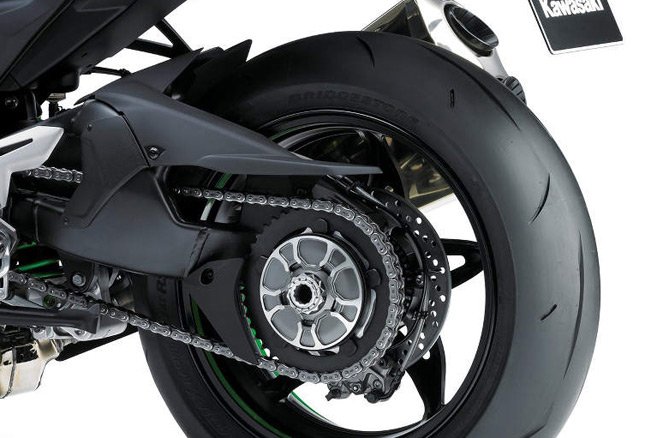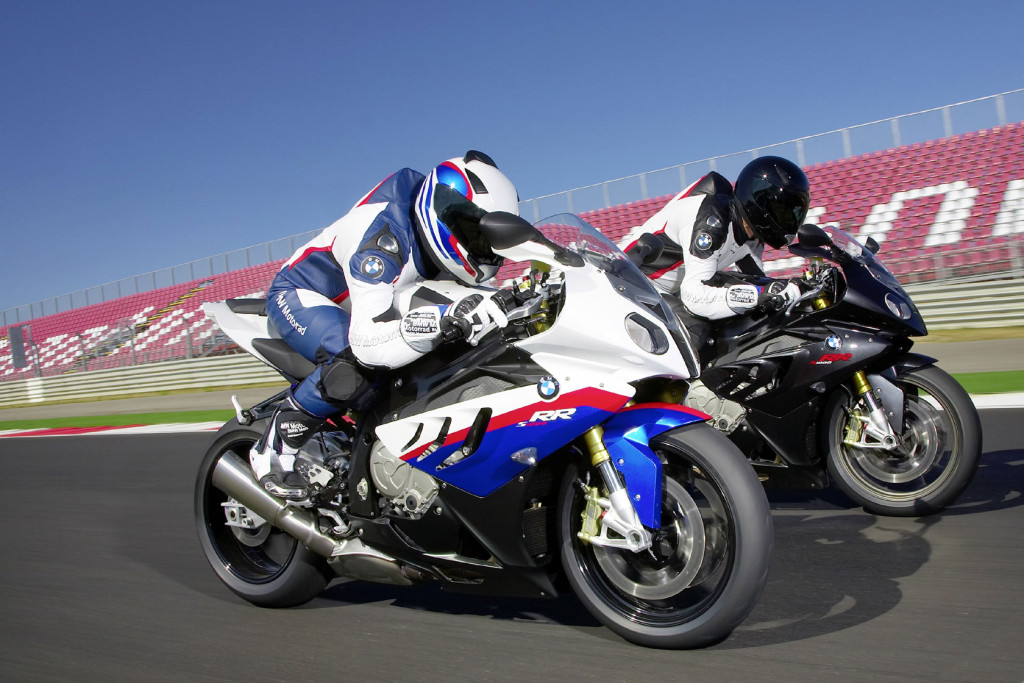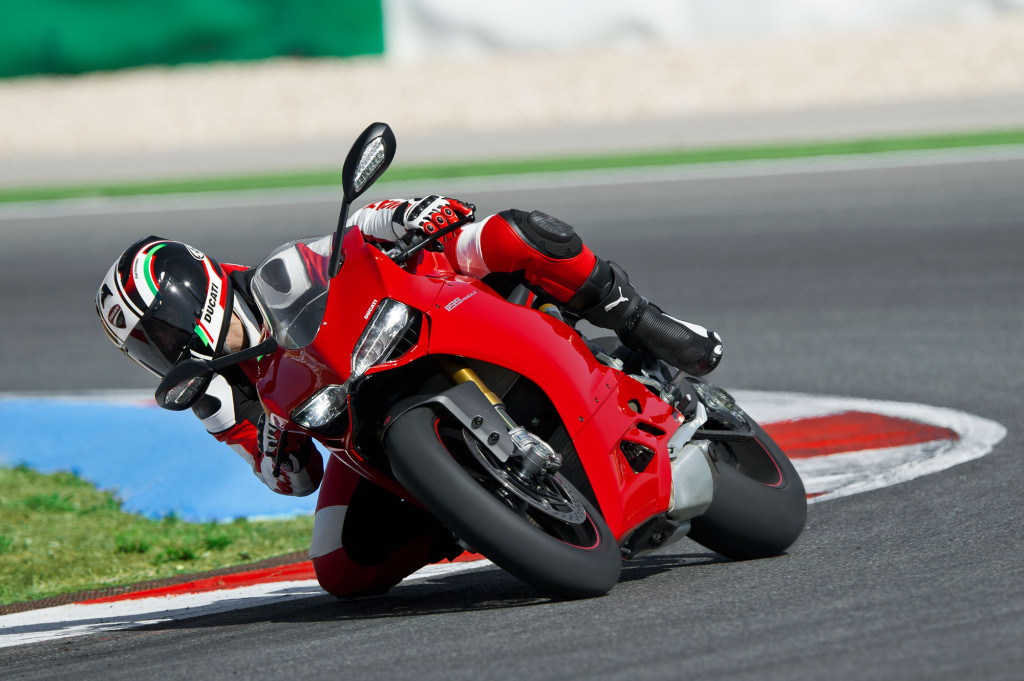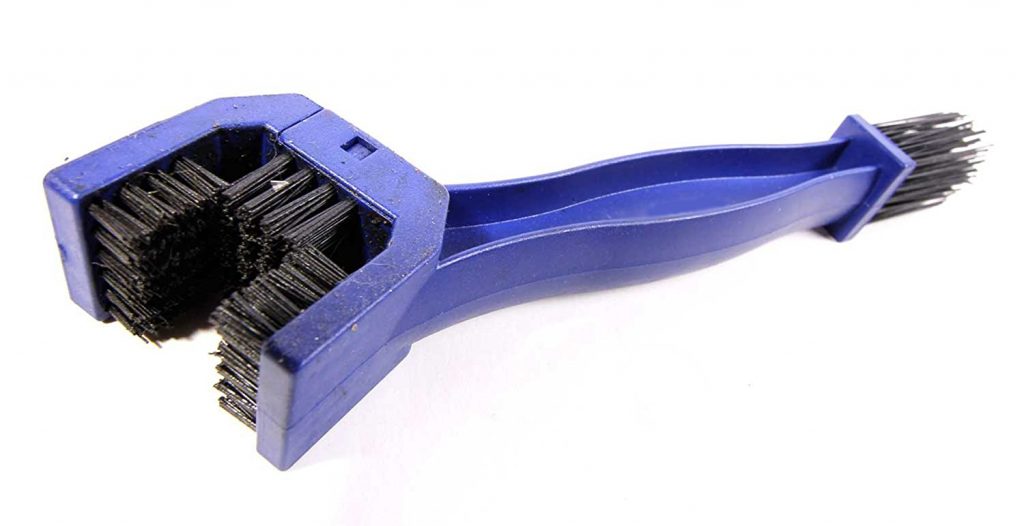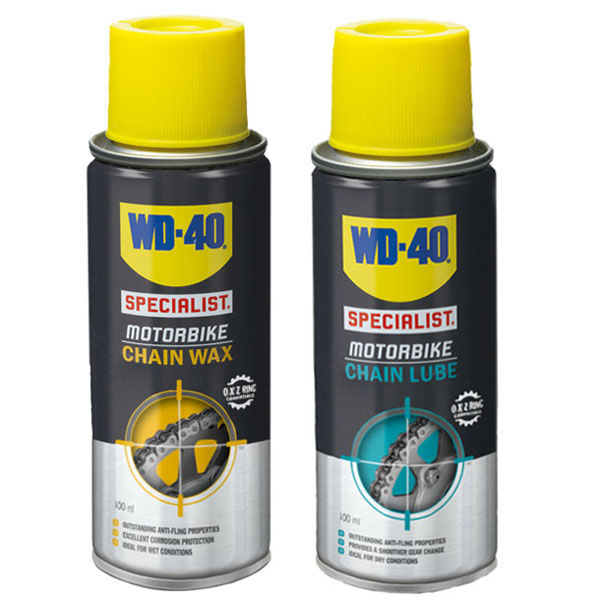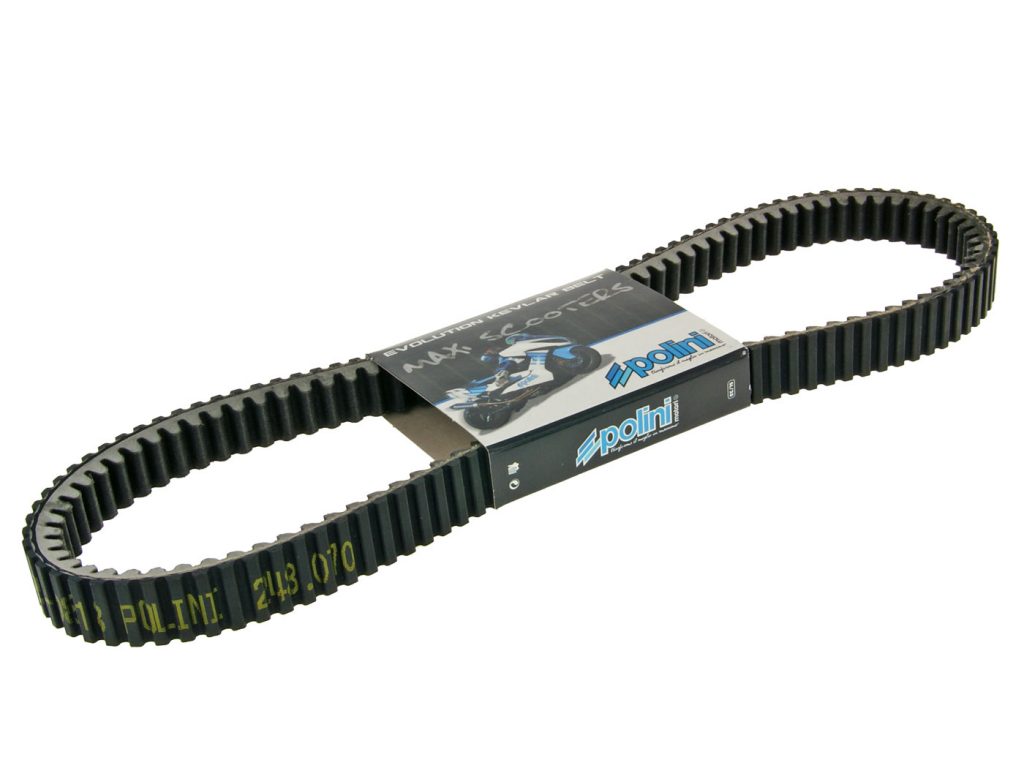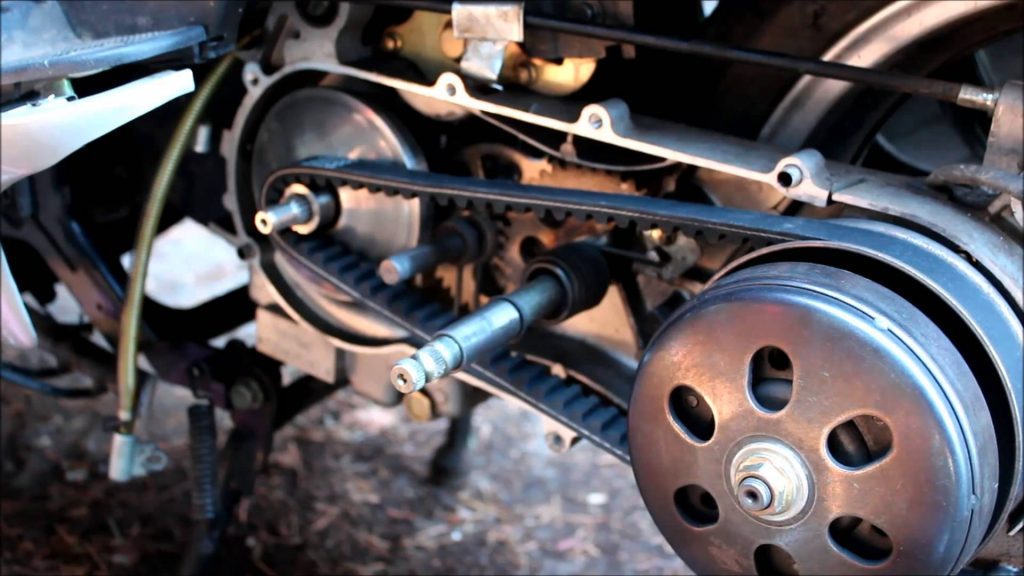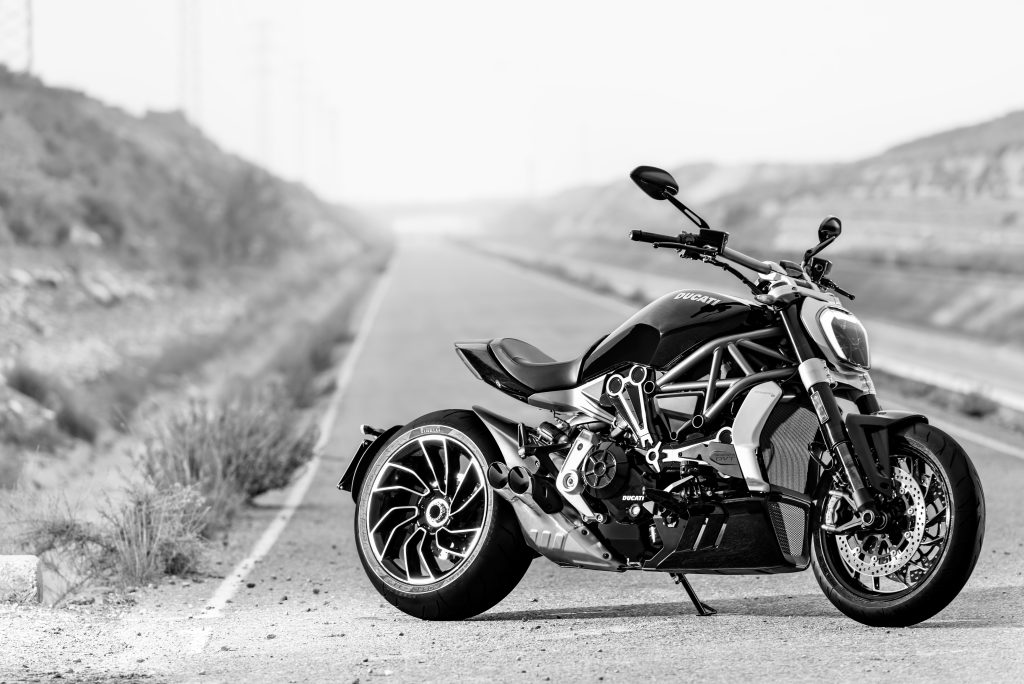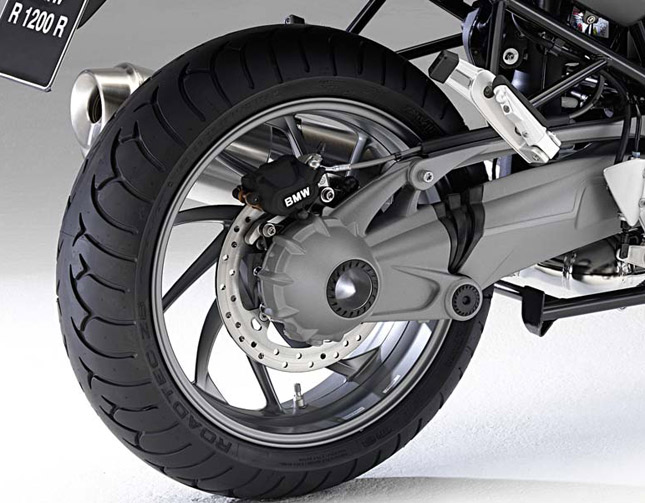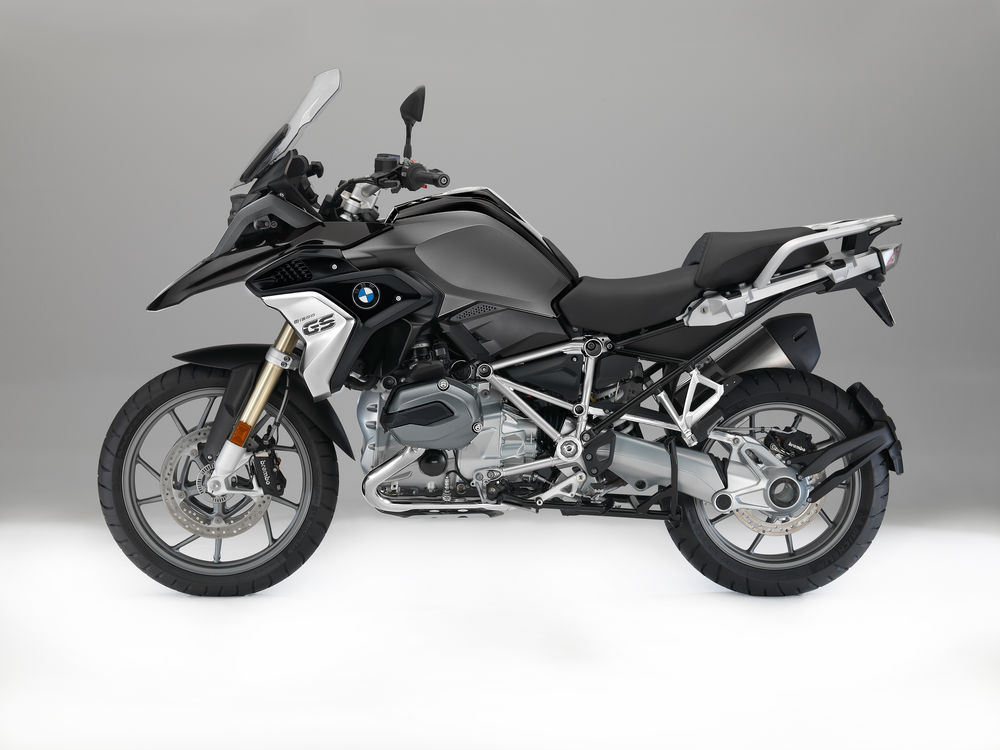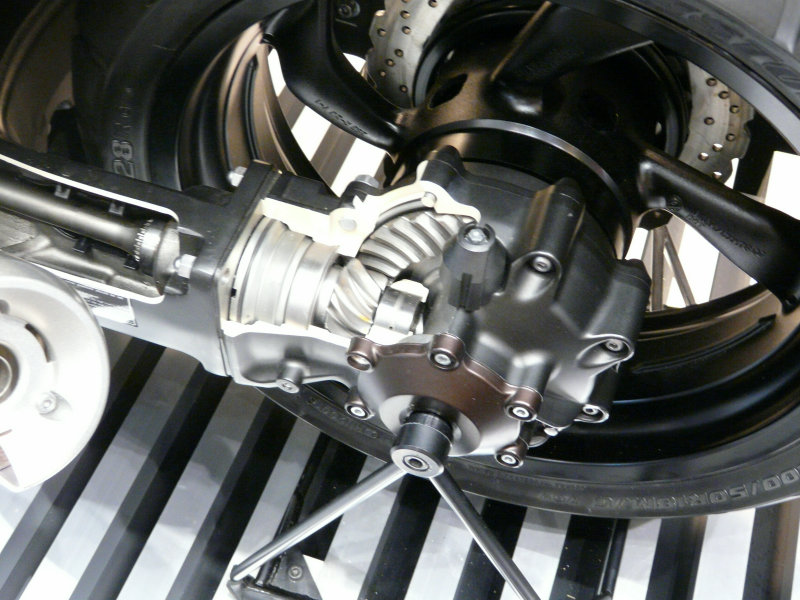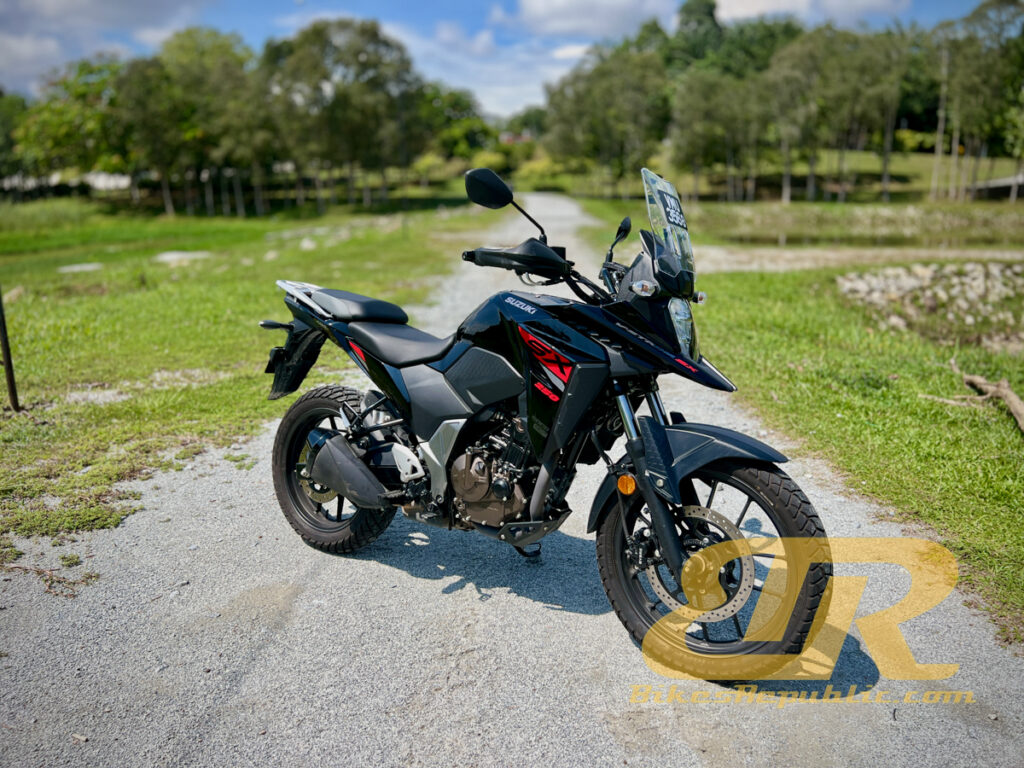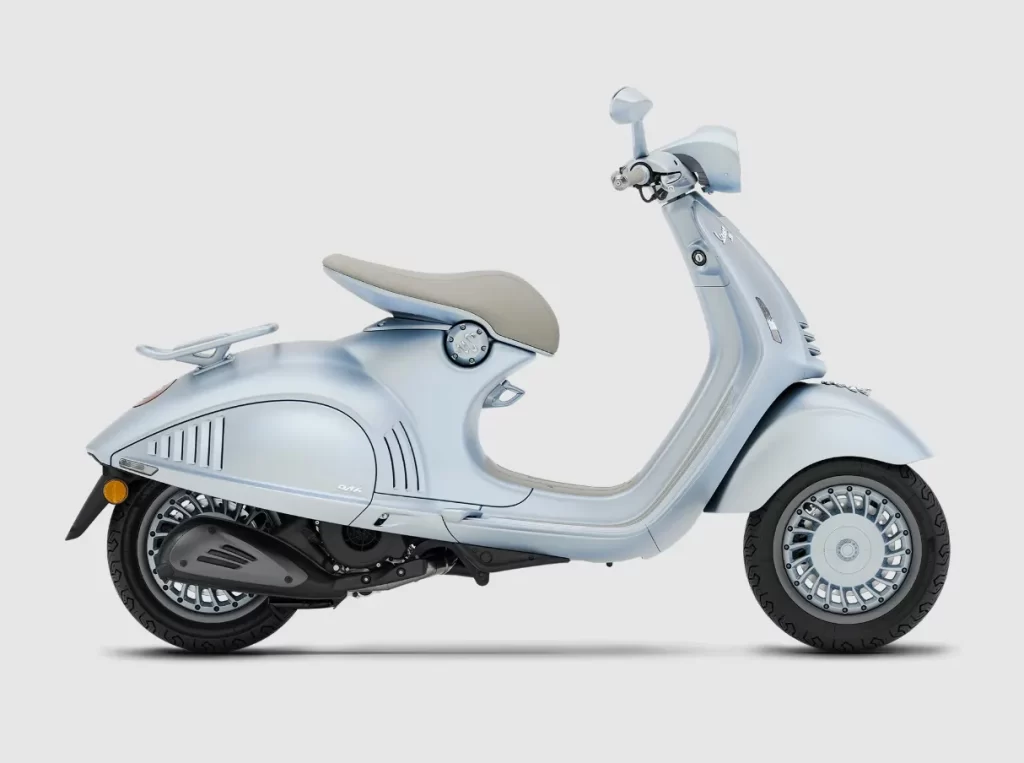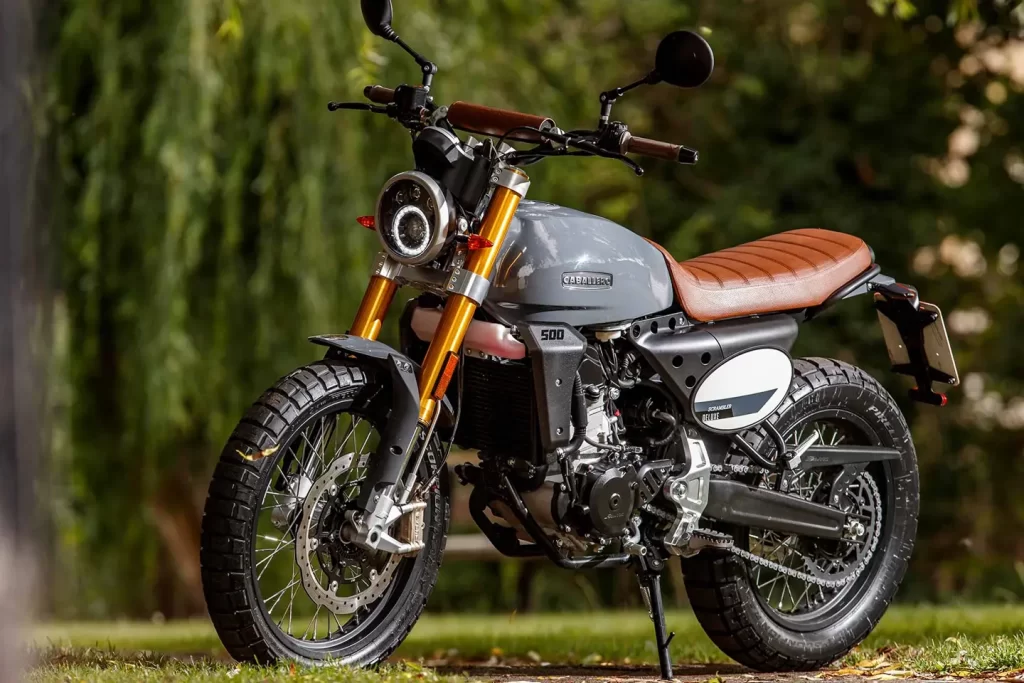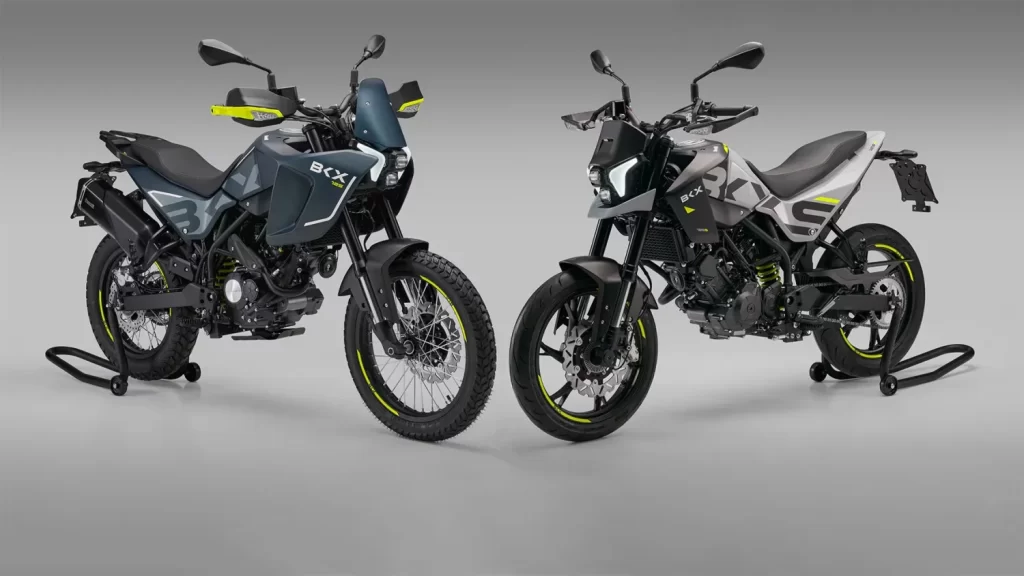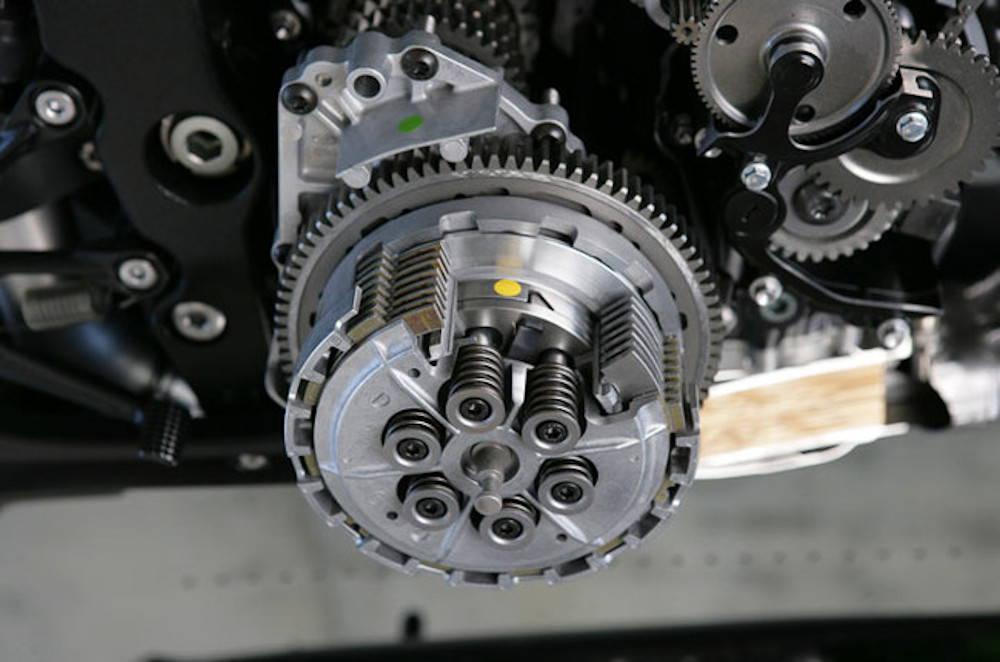When it comes down to motorcycles, it’s not very often that you hear of a group of bike enthusiasts discuss a motorcycle’s final drive. We are of course referring to the mysterious world of drivetrains. What are drivetrains? Why do we see some manufacturers opt for belt and shaft drives? Is there a reason why the majority of bikes use the chain and sprocket method to transfer the engine’s power to the rear wheel? Let’s get down and dirty with all you need to know about chains, belts and driveshafts.
If you are somewhat familiar with motorcycles, you would know that most of them transfer all the torque and power from the engine through the gearbox before getting assistance from a chain, belt or shaft to get the rear wheel rolling. Without this mechanical ballet, the bike will get nowhere. Below is the breakdown of each individual type.
Chains
The use of chain and sprocket combination is by far the most common form of final drive in modern motorcycles to date. The entire world depends heavily on this method for a very important reason; mass manufacturing.
When it comes to why most bike manufacturers would go for this particular type of final drive, it is because of the cost needed to produce them. In the factories, metal chains and sprockets are a lot easier to make as compared to belts or driveshafts. They are also easy to package, making them perfect for shipping and handling.
To the riders, a motorcycle with a chain drive means that all the power and torque produced by the engine will be channelled efficiently to the rear wheel without any major power loss. We’re talking about 97% efficiency for this particular drivetrain setup. This is the main reason why superbikes and race machines like the Ducati Panigale and BMWS1000RR opt for this kind of setup. Besides the drive efficiency, the chains and sprockets are cheap and easy to replace.
The downside of chains is that they need to be constantly taken care of by thorough cleaning and lubricating. This means that every now and then, you need to get down and dirty to clean the entire system. A can of chain cleaner and good brush will get the job done but after cleaning, it needs to be lubricated with the help of a chain spray for it to perform at maximum capacity and at the same time extend the life span of the chain.
In short, chains need constant cleaning and lubrication, they make the most noise and vibrations, wear out the fastest among the three but the upsides are that they are cheap, easy to replace and hands down the best method to transfer all the horsepower and torque efficiently. It’s no mystery why most bike manufacturers see eye to eye with the chain drive.
Belts
The original final drives for the earlier motorcycles were belts made using cowhide. Their design back then were of so low quality that they would slip often, wear out and break so fast that they were too unreliable. As technology gets better and better, belts are making a comeback!
Actually, almost (if not, all of them) all scooters in Malaysia use belt as their final drive for obvious reasons. Scooters are meant to be easier to operate and maintain. When it comes to belts, they require much less maintenance work than chain drive as they do not need any form of de-greasing or lubrication. That in turn let’s you save money on unneeded chain cleaner and spray.
As more research and development has led to more cruisers and sport bikes going for belt drive, manufacturers are stretching the service intervals for the drivetrain for longer lifespan and much less hassle. With the use of Kevlar and other strong materials, bikes like the Ducati XDiavel can go through extensive miles before requiring any maintenance.
The other major advantage of belts is that if they do break apart during operation, they’ll most likely let the rear wheel go free without any form of lockup. With chain-driven motorcycles, the chances of suffering rear wheel lockup in case of breakage are much higher.
However, belts are not as awesome as you think. When the time does come for maintenance or replacement, the cost is much higher than the humble chain. Power loss is greater via belt drives as they tend to seep away almost 11% of the engine’s total power. This particular reason makes it unsuitable for racing purposes especially drag racing.
At the end of the day, belts run much smoother and quieter than chains, they’re cleaner and lighter, safer and require less maintenance. Need less hassle in your life? Go for belts!
Shafts
Driveshafts are the final (and some say ultimate) form of drivetrain. Companies like BMW have been favouring shafts since the early 20s due to its longevity and minimal maintenance. Yes, driveshafts are the best out of all three as it will last a lifetime (providing that there is no freak occurrence on the bike) and needs the least amount of maintenance work.
Bikes like the BMW GS1200 have their shafts covered and protected from any external exposures making them good for long tours and adventure riding. They’re essentially the same technology used in cars. With proper care, they will last as long as the bike itself. They are also by far the most comfortable to ride as they are the quietest and cleanest form of motorcycle final drive.
The downside? How about almost 31% power loss? Yes, shafts tend to seep the most power when being transferred to the rear wheel but manufacturers have been trying their level best to drop this number down. If something were to happen to the shaft system, part replacement or repair work will cost a fortune. Due to their built, they are also heavy and require the most engineering so that they don’t mess with the suspension’s basic setup.
But the joy of riding a shaft driven motorcycle is something all motorcycle riders should experience. There is a reason why shaft-driven BMW motorcycles ride so beautifully well.
So at the end of the day, all three final drive systems have their own pros and cons. Figuring out your main purpose of wanting to own a motorcycle will point you into the right direction of which final is best suited for you.




